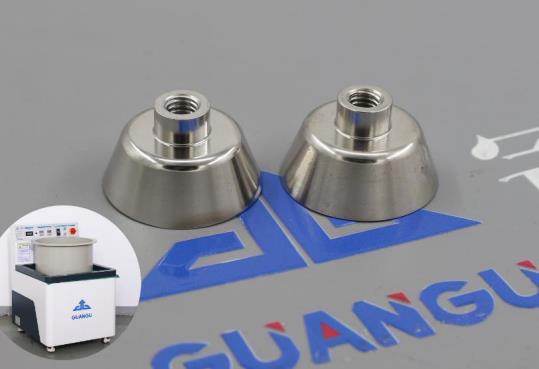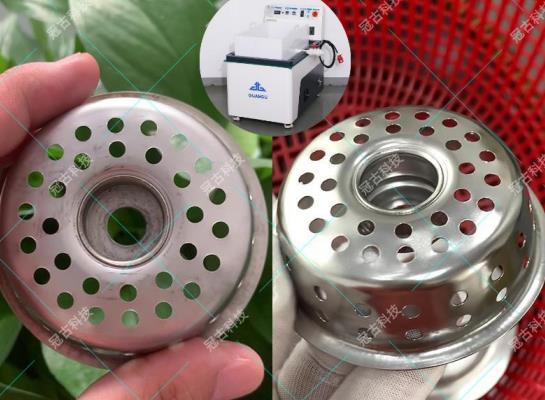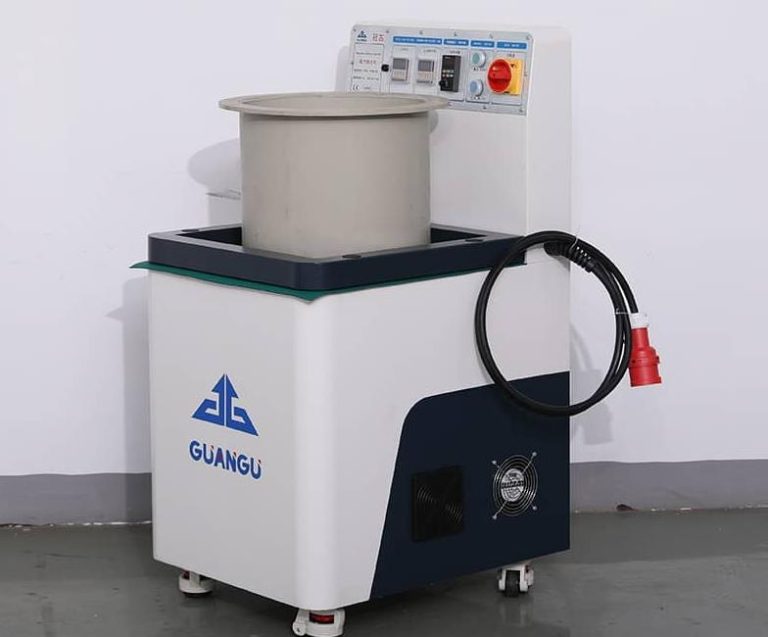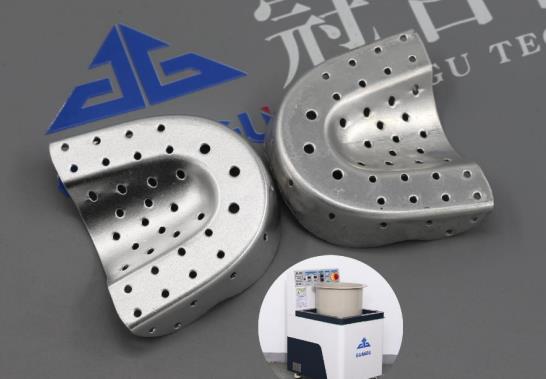Magnetic finishing machines have revolutionized the process of surface finishing and polishing in various industries. These machines utilize the power of magnets to create a unique tumbling action that produces a smooth, high-quality finish on a wide range of workpieces.
In this article, we will introduce magnetic finishing machine and explore their benefits and applications.
Magnetic finishing machine, also known as magnetic tumblers, are designed to remove burrs, sharp edges, and other imperfections from metal, plastic, ceramic, or even precious stone workpieces. They are widely used in industries such as jewelry making, watchmaking, automotive, aerospace, and electronics, to name a few.

The principle behind magnetic finishing machines is relatively simple yet highly effective. The machine consists of a drum or bowl that contains stainless-steel pins, abrasive media, and the workpieces to be finished. When the machine is turned on, powerful magnets beneath the drum create a magnetic field that causes the stainless-steel pins and abrasive media to move in a rotating, tumbling motion. As the workpieces interact with the rotating media, they undergo a process known as deburring and edge rounding, resulting in a smooth, polished surface.
One of the primary advantages of magnetic finishing machines is the ability to achieve consistent and uniform finishes on complex or irregularly shaped workpieces. Unlike traditional finishing methods that rely on manual polishing or mechanical grinding, magnetic finishing machines ensure that every nook and cranny of the workpiece is evenly polished. This makes them ideal for jewelry pieces with intricate designs, engine components with hard-to-reach areas, or delicate electronic parts that require a high level of precision.

Moreover, magnetic finishing machines offer a range of benefits that contribute to improved productivity and cost-efficiency. These machines are capable of simultaneous processing, allowing operators to load multiple workpieces at once. This saves time and increases production output, making them suitable for applications that demand high-volume finishing. The automated nature of the process also reduces labor costs and ensures consistent results, eliminating the inconsistencies that can occur in manual polishing.
Another advantage of magnetic finishing machines is their versatility
They can accommodate various workpieces, from tiny jewelry items to larger metal components. By simply adjusting the tumbling time, speed, or adding different types of abrasive media, operators can achieve different finishes, ranging from a mirror-like shine to a satin or brushed effect. This flexibility allows manufacturers to meet the diverse finishing requirements of their customers without the need for multiple machines or processes.
In conclusion, magnetic finishing machines have revolutionized the surface finishing and polishing industry. Their unique tumbling action, powered by magnets, ensures consistent, uniform finishes on complex workpieces while offering productivity, efficiency, and versatility. Whether you are in the jewelry, automotive, aerospace, or electronics industry, a magnetic finishing machine can significantly enhance your finishing process, improve the quality of your products, and ultimately contribute to the success of your business.






